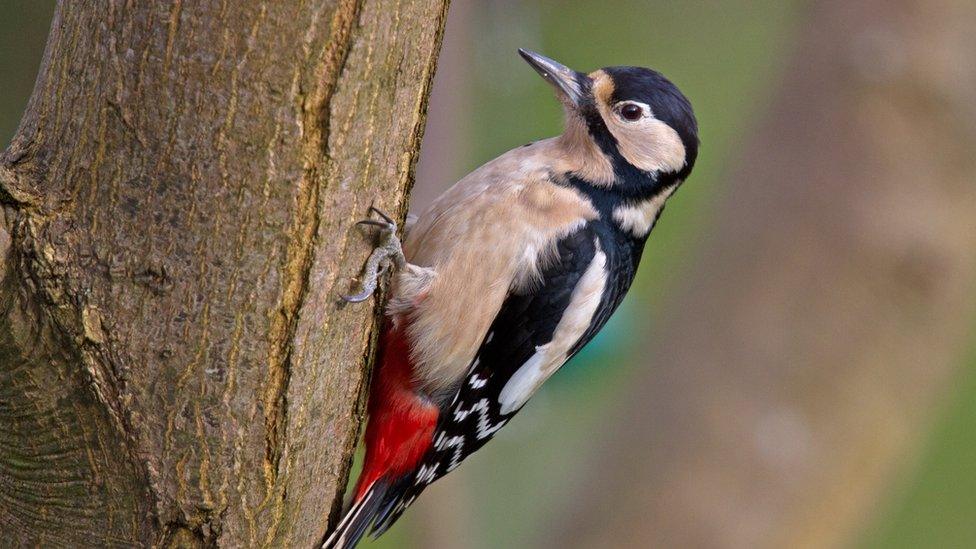Gigantic whales: It's all in the genes
- Published
- comments
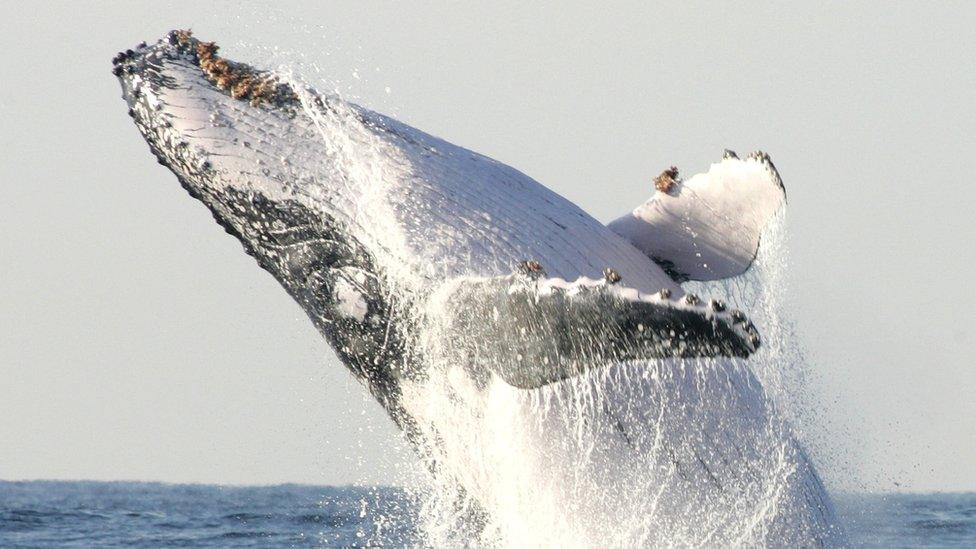
This is a humpback whale - they can grow up to 18.3 metres long!
Blue whales are the largest known animal to have ever lived on Earth - but have you ever wondered why they're so enormous?
It's a question scientists have been asking and new research has found it's partly down to their genes.
The mammals' habitat and other factors have a part to play but a team from the State University of Campinas in Brazil think they know the main reason for their huge size.
The team have identified four genes which appear to have played crucial roles in the marine mammals' magnitude.
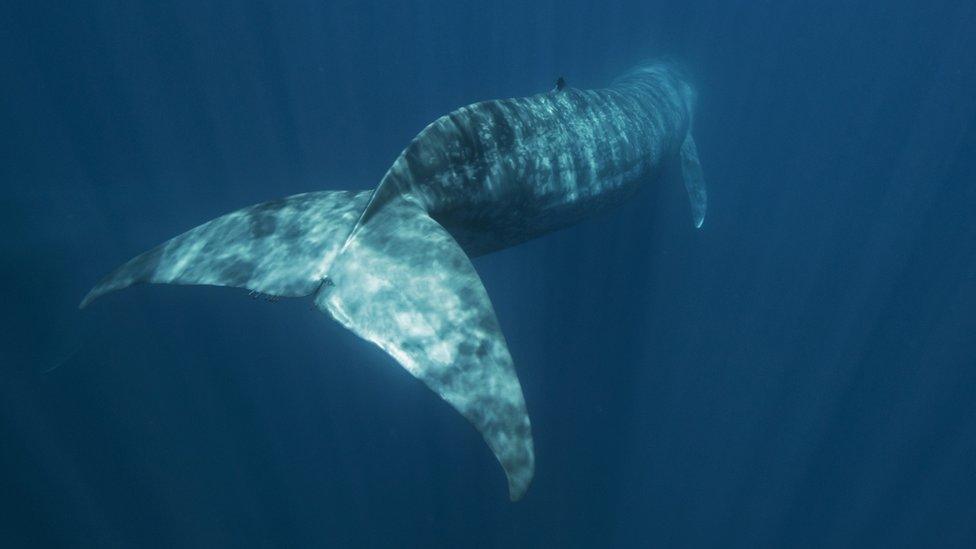
Blue whales like this can grow to be up to 30 metres long - that's around the same length as three and a half London buses!
Although whales are known for their size, they weren't always this big.
It's thought cetaceans - the group of marine mammals which includes whales, dolphins and porpoises - evolved around 50 million years ago.
The first whales were only around the size of wolves and sea lions (up to 2.5 metres long) but blue whales can now reach up to 30 metres in length!
It's only been in the past five to 10 million years that they evolved their gigantic bodies.
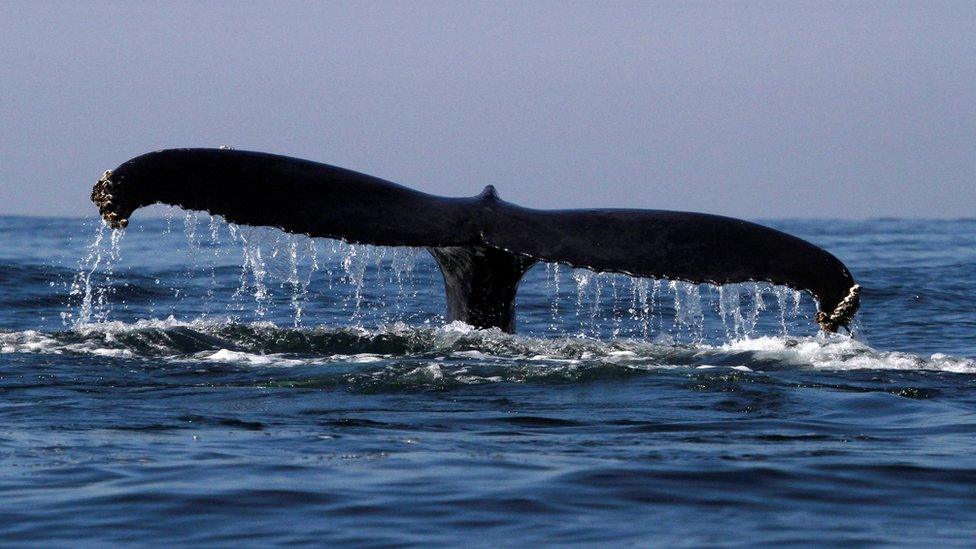
The tail of a whale is very strong and helps them propel through the water
Scientists already understand that whales grew so big because there were lots of nutrients in the water in prehistoric times.
Unlike land mammals, whales also didn't have to work against as much gravity, which means their bones and joints can cope with them being bigger and heavier because there's less pressure on them in the water.
But why did some species of whale grow so big and other cetaceans didn't if they all evolved at the same time in similar environments?
That's where the genes come in - although until now, the actual genetic changes that caused their growth were a mystery.
Genes carry the information that determines your features and characteristics (who you are and what you look like) that are passed on from your parents.
For example if you have straight or curly or hair, if you are tall or short.
They are so tiny you can't see them and each cell in the human body contains about 25,000 to 35,000 genes.
Genes aren't just found in humans — all animals and plants have genes, too.
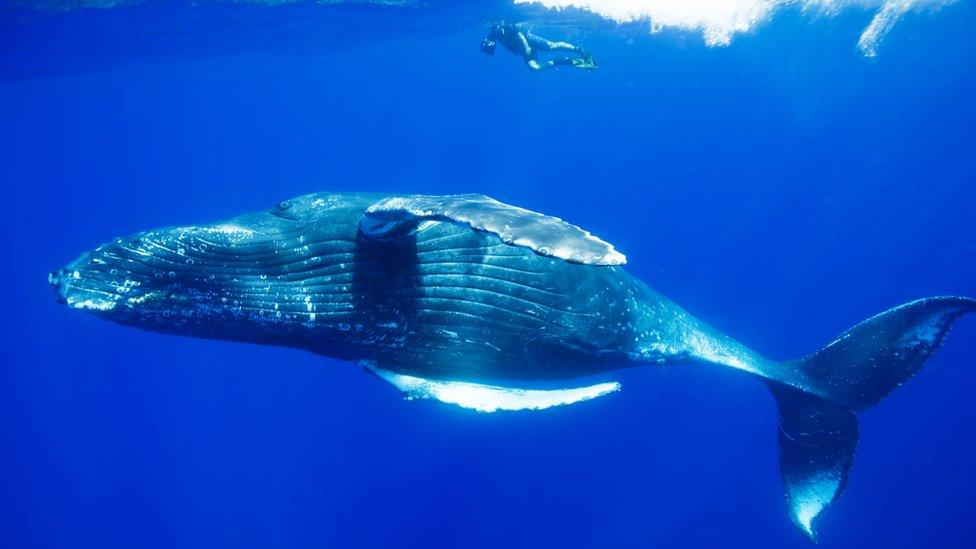
This is what a human looks like next to a humpback whale, which are only the sixth largest species of whale
Scientists in Brazil studied species of whale 10 metres long and above and found changes in the DNA that matched up with a larger body.
Four genes were identified as being key reasons why whales evolved and grew.
GHSR is a gene involved in releasing a growth hormone which helps to build bones and muscles.
IGFBP7 is a gene which helps cells grow and divide.
NCAPG is a gene which is linked to body size and weight gain.
PLAG1 is a gene is involved in embryo (early stage of development of babies) growth and cell survival.
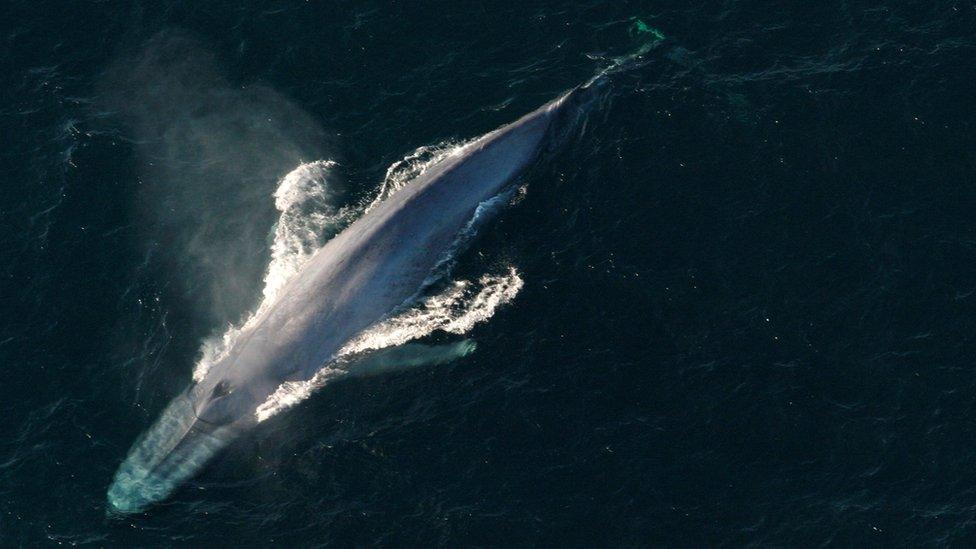
A blue whale's tongue can weigh as much as an elephant!
Genes are made up of DNA.
DNA stands for deoxyribonucleic acid and carries unique chemical information.
It also tells us about genetics - all the instructions that a living organism needs to grow, reproduce and function.
The genome is the entire set of DNA instructions found in a cell. In humans, the genome consists of 23 pairs of chromosomes located in the cell's nucleus (middle).

People travel far and wide to catch a glimpse of whales in the wild
The discovery of these four key genes is exciting news for scientists trying to solve the mystery of why whales got so big.
Dr. Nery, report lead, said she hoped her work could "bring attention to these wonderful animals, and their amazing and compelling evolutionary history."
"But beyond the curiosity it arouses, these animals can teach us a lot about the evolutionary process itself."
- Published9 September 2021

- Published17 May 2019

- Published25 September 2022
